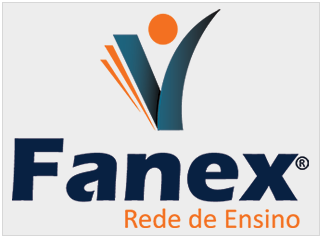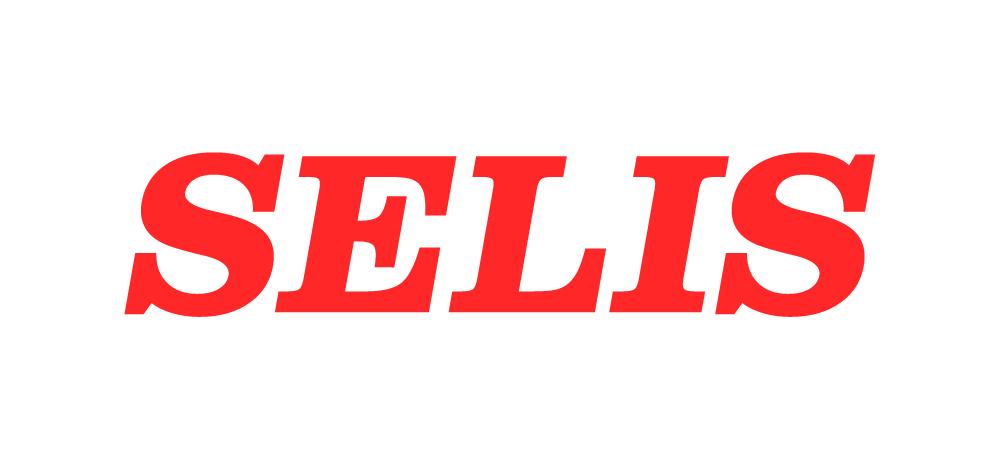03 maio de 2023 Improving Health Insurance Chatbots with Conversational AI
11 Insurance Chatbot Use Cases Why Providers Need AI Now
Regardless of the industry, there’s always an opportunity to upsell and cross-sell. After they are done selling home insurance or car insurance, they can pitch other products like life insurance or health insurance, etc. But they only do that after they’ve gauged the spending capacity and the requirements of the customer instead of blindly selling them other products. Insurance chatbots collect information about the finances, properties, vehicles, previous policies, and current status to provide advice on suggested plans and insurance claims.
The employment of chatbots has proved advantageous for many organizations in the ever-expanding digitally linked world by offering respite in time-consuming, tedious jobs. In terms of user assistance, chatbots have advanced dramatically, making a significant contribution to the development of the modern service desk. Even in their earliest forms, they foretold the potential of several future innovations, including sentiment analysis, natural language processing, and machine learning.
Real-time customer feedback through chatbot interactions.
Insurers need to ensure a seamless integration between self-service, agent-assisted and direct agent support channels. Let our team of experts show you how this chatbot solution can help you fully automate and personalize more interactions for members and agents with a single solution. There’s only one way to build an IVA or health insurance chatbot that can meet your members’ expectations – and that’s through experience. Additionally, the survey found that respondents aged were much more comfortable receiving healthcare-related self-service through automated channels such as chatbots and IVAs. Digital transformation in insurance has been underway for many years and was recently accelerated by the Covid-19 pandemic. When today’s members interact with their health insurance provider, they’re in need of easy access to answers and quick resolutions.
But more importantly, customers need to inform their insurance company if they add or change the property they are insuring or if they add a new member to their policy. Often customers also make changes in order to try to reduce their premiums. This makes for a much more seamless journey compared with live agents having to email or send letters to new customers seeking missing information and then receiving and sorting through email attachments. AI-based insurance chatbots play a pivotal role in driving sales, not just by facilitating transactions but by delivering value at every customer interaction, ultimately winning customer trust and loyalty.
Examples of Some Great Insurance Chatbots
However, the impact that insurance chatbots can have on the customer experience especially in providing immediate help around insurance claims or approvals is quite high. Insurance chatbots can save companies money and time in a number of ways. They can automate many of the tasks that are currently performed by human customer support.
- The questions consumers come up with are critical in making their insurance-buying decisions.
- As the involvement of AI bots expands across industries, their application in the insurance sector is becoming increasingly critical.
- Zuri successfully resolved 70% inbound queries end-to-end, with no human intervention required.
- The advent of AI-powered bots, commonly called insurance chatbots, has transformed how insurers interact with their customers, underwrite policies, and process claims.
- Chatbots are able to take clients through a custom conversational path to receive the information they need.
Setting up triggers and notifications adds transparency to the claims process. The more up-to-date customers are about their claims, the higher the rate of customer satisfaction. For example, Metromile, an American car insurance company, used a chatbot called AVA to process and verify claims.
This eliminates the need for the person to look for information on their own, as they will receive an answer formulated by AI. This new service is open to anyone seeking answers related to insurance, pensions, and homeownership. HDFC Life Insurance realized the challenges in insurance and came to Kommunicate for an automated support solution. That’s how Elle, the Virtual Assistant, was created to handle inbound customer queries and service.
How AI invites new industry use cases – Grant Thornton
How AI invites new industry use cases.
Posted: Wed, 28 Jun 2023 07:00:00 GMT [source]
An insurance chatbot is essentially your digital front desk, claims agent, and customer service rep rolled into one—but with a modern twist. Built on advanced AI and natural language processing technologies, these chatbots go beyond basic scripted answers. They’re designed to understand human language, answer queries, assist in selecting the right insurance plans, and even help with filing claims—all in real-time. In this blog post, we’ll explore the various use cases for Generative AI chatbots in the insurance industry, including claims processing, policy management, and customer service. We’ll also examine the benefits of integrating Generative AI Solutions into existing insurance chatbots. Finally, we’ll provide real-world examples of insurance companies that have successfully implemented Generative AI chatbots to drive business results.
Fraud Detection:
A chatbot is one of multiple channels a company can utilize when speaking with their customers in the manner and method they desire. You can also scale support through an insurance chatbot across channels and consolidate chats under a single platform. You can always program it in a way where customers can quickly request a live agent in case there’s a complex query that requires human assistance. Following such an event, the sudden peak in demand might leave your teams exhausted and unable to handle the workload. This is where an AI insurance chatbot comes into its own, by supporting customer service teams with unlimited availability and responding quickly to customers, cutting waiting times. With our new advanced features, you can enhance the communication experience with your customers.
At Verint, we have two decades of real-world experience in the health insurance space. Over that time, we’ve built out a robust natural language understanding model. Verint conducted a survey of American consumers to see how they preferred to interact with their customer service providers.
While acting as a listening channel that offers useful data to understand consumer behavior and preferences better, chatbots enable customers to manage their insurance claims swiftly and effectively. Many chatbots can be annoying since they can only respond to FAQs and frequently stall when a discussion somewhat deviates from its intended course. The finest insurance chatbot would be able to carry on a conversation with the consumer using natural language, guide them through the entire process, and offer tailored suggestions to reduce the price. People want to safeguard and have solid coverage for any potential future damages, whether medical or car insurance. While having an insurance policy gives peace of mind to the users, processing claims is a lot of work for a company too. Global AI Based Chatbots Market Report 2023 provides exclusive statistics, data, information, trends and competitive landscape details during this niche sector.

By leveraging these models in conjunction with ChatGPT and other solutions, insurers can gain a more comprehensive understanding of their data and improve their decision-making processes. ChatGPT can be integrated with insurers’ claims processing systems to help policyholders file and track claims, and to provide updates on the status of their claim. This can help to improve the overall experience and reduce the time it takes to resolve claims.
From introductory messages where users are required to identify themselves to more specific dialogues, chatbots collect and store data at all times. It’s everywhere, from Google’s Alexa and Apple’s Siri on your smart gadgets to chatbots in banking accounts, the list goes on. Every business and industry is now looking for ways to take advantage of AI in order to stay competitive and offer their customers the best experience possible. To have that one employee that interacts with EVERY SINGLE PROSPECT on your website or social channels, and extended help with either sales or customer support, round the clock.
At the same time, it identifies and distinguishes the customers on the basis of their purchase intent. Moreover, with the rising competition in the insurance sector, customers have a lot many options to choose from. Therefore, if a provider fails to meet their expectations, they will swiftly shift to a competitor. In more complex cases, an AI chatbot can act as the first line of defense to gather information from a policyholder before passing it off to an agent.
- They’re designed to understand human language, answer queries, assist in selecting the right insurance plans, and even help with filing claims—all in real-time.
- The chatbot should be able to understand the question and provide the client with the relevant information.
- Such situations can be avoided with the presence of an insurance chatbot as it not only increases the lead conversion but also makes the user happy with an immediate response.
- Research suggests that 73% of customers are more likely to respond over live chat than e-mail, and 56% of users are more likely to contact the business through a message rather than a call.
Enter your chatbot, which breaks down complex terms such as ‘deductibles,’ ‘premiums,’ or ‘coverage limits’ into easy-to-understand language, empowering customers to make informed choices. Insurance procedures often involve extensive paperwork and can be confusing for the average person. Your chatbot can works as a friendly guide, helping customers with clear answers on policies, claims, and terms and conditions. Gartner predicts that by 2022, 70% of customer interactions will involve emerging technologies such as machine learning (ML) applications, chatbots, and mobile messaging, up from 15% in 2018.
Read more about https://www.metadialog.com/ here.














Deixe um comentário